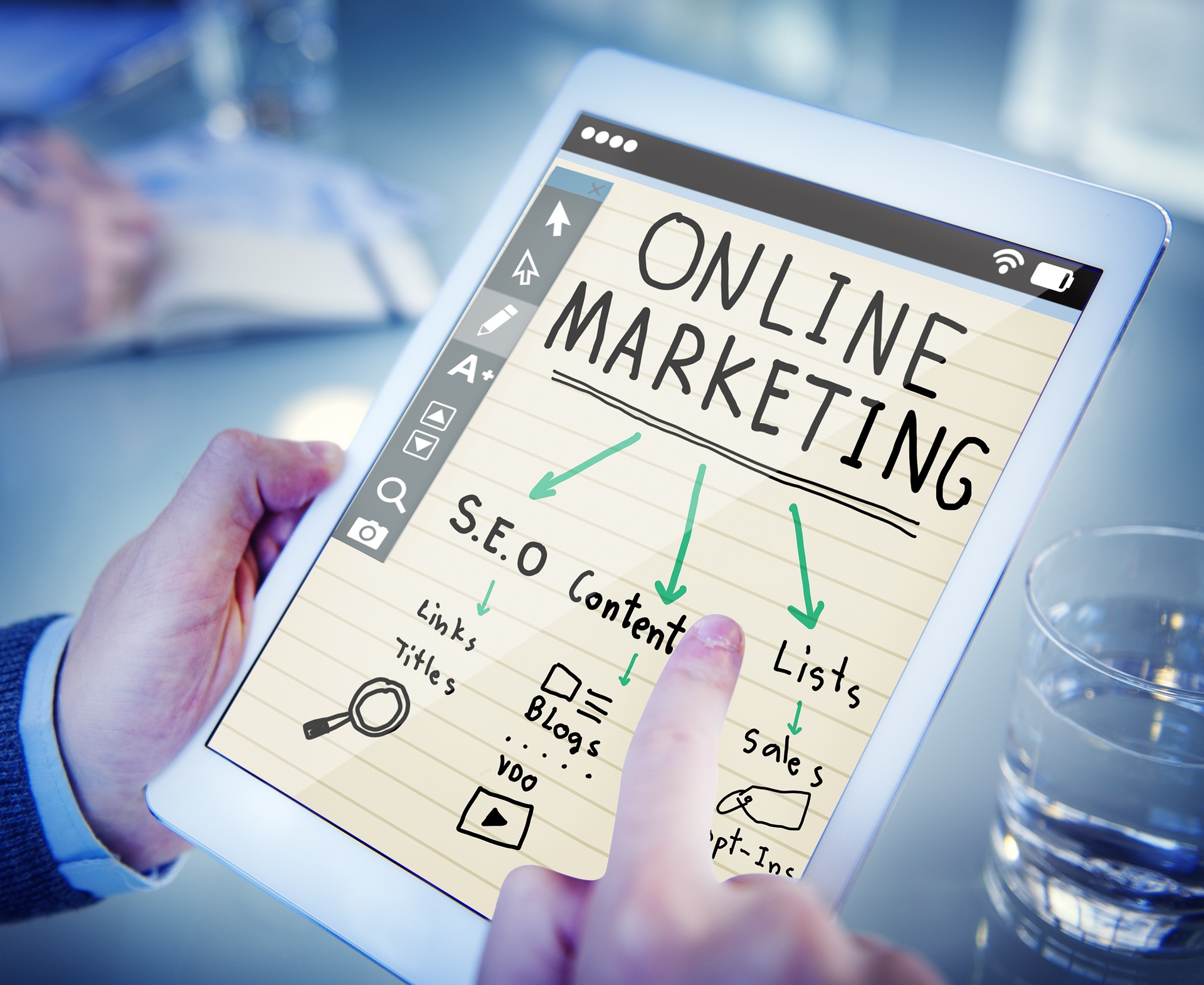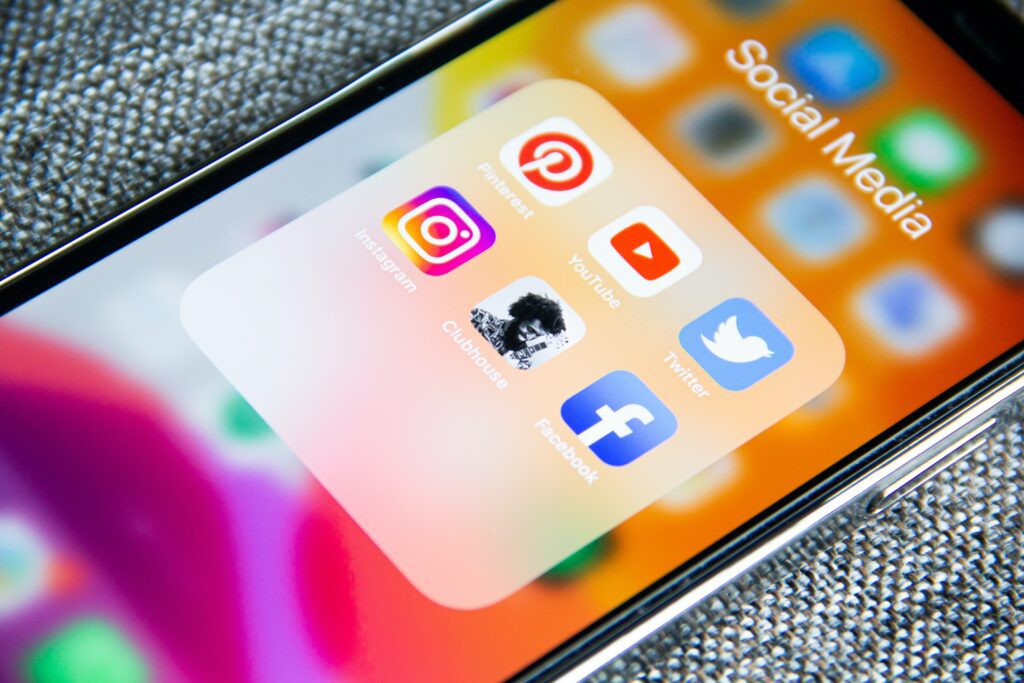
In today’s digital age, the way businesses reach their target audience has vastly transformed. Gone are the days of relying solely on traditional marketing methods like printed advertisements and billboards. Digital marketing has radically changed the landscape, allowing brands to connect with their audience through various online channels.
Businesses have many ways to reach their target audience. These include various forms of marketing like email marketing, search engine optimization, social media campaigns, and influencer marketing. These options are quick, efficient, and affordable. As the digital world continues to evolve, businesses of all sizes need to stay on top of the latest trends to maximize their success.
What is Digital Marketing?
It refers to all marketing efforts that take place on the Internet. This includes marketing through websites, social media, email, and mobile apps. By utilizing these channels, businesses can reach a wider audience, target specific demographics, and measure the effectiveness of their marketing campaigns in real time. It can also be used to create and share content that engages, educates, and entertains.
Digital marketers use a variety of techniques to reach potential customers. With the right digital marketing strategy and tactics, brands can leverage digital marketing to drive results for their business.
Through search engine optimization (SEO), marketers look to increase a website’s visibility in organic search results. Paid search advertising (PPC) allows marketers to place adverts in paid search listings, enabling them to get their message across and drive traffic to their websites. Social media marketing enables brands to create content that resonates with potential customers, building relationships over time. And content marketing helps brands compellingly tell their story, creating valuable content that attracts and engages readers.
These strategies can be used together to create an effective overall plan. By understanding the customer journey, marketers can develop targeted campaigns that engage users from awareness through conversion.
Traditional Marketing vs Digital Marketing
Digital marketing and traditional marketing both have their unique benefits and drawbacks. Traditional marketing can reach a local, offline audience and may be effective for industries such as print media or radio. However, digital can reach a global audience and is highly measurable, allowing for more targeted and cost-effective marketing strategies.
With digital marketing, you can use analytics to track user engagement and responses. This data can then be used to tailor your campaigns and make them more effective. Additionally, it is much easier to scale than traditional methods of marketing. It also allows for more personalized interactions with customers through social media and other forms of communication.
Overall, digital can be more cost-effective and efficient than traditional forms of advertising. It is also better equipped to reach a global audience and offers many unique opportunities for businesses to interact with their customers on a personal level. While there are potential drawbacks such as privacy concerns and the need to stay up-to-date on emerging technologies, the benefits often outweigh the risks. With careful planning, businesses can use digital marketing to reach and engage their target audiences efficiently.
Types of Digital Marketing
Some popular channels of digital marketing include:
- Social Media: The use of social media platforms to promote products or services, engage with customers, and create brand awareness.
- Email Marketing: Sending promotional emails to a targeted list of subscribers.
- Content Marketing: Creating and distributing valuable content, such as blog posts and videos, to attract and retain a specific audience.
- Search Engine Optimization (SEO): The process of optimizing a website to rank higher in search engine results pages.
- Influencer marketing: Collaborate with an influencer who has an established following and belief in your product to reach a fresh audience.
When to use these digital channels?
Not every channel is appropriate for every piece of content. Take the time to consider which channels are most appropriate for your content.
For example, if you’re creating an informative blog post, it makes more sense to focus on organic social media shares rather than paid advertising. On the other hand, investing in PPC and display ads may be a good idea for a product launch or major promotion. No matter which channels you choose, make sure they match up with your goals and help you reach the right people.

Additionally, consider creating multiple versions or pieces of content for different channels. For example, you may want to create a longer article for your blog, a shorter social media post, and a podcast episode discussing the same content. This will help ensure that your audience can consume the content in whatever form they prefer. Utilizing different pieces of content also allows you to reach new audiences and points them back to your main source material.
Finally, it’s important to measure the results of your content efforts. Track website visits and engagement metrics on each channel to judge what is working and where you can improve. Also, consider using tools like A/B testing or surveys to gauge reactions from readers and get insights into what resonates with them. With this data, you can make more informed decisions about what content to create and how to distribute it.
By taking the time to measure and analyze your content, you’ll be able to build a stronger marketing strategy that will help reach even bigger goals.
Measuring results
Thanks to improved analytics and tracking capabilities through digital, businesses now have access to granular information about their customers. This data can be used to understand customer behavior, build more effective campaigns, and better segment customers. Businesses can also now use retargeting and remarketing techniques to deliver more relevant, personalized messages to their customers. Additionally, platforms typically offer more advanced advertising capabilities, such as targeting by location or interests, which can help businesses reach even more potential customers.
Finally, digital marketing offers the opportunity to measure results in real-time, which can help businesses track the effectiveness of their campaigns and optimize them for better results. This allows businesses to take full advantage of digital marketing tools to maximize their return on investment. By leveraging these capabilities, businesses can reach more customers while also reducing costs associated with traditional marketing tactics.
Digital marketing provides businesses with a powerful platform to reach their target audiences and drive conversions. With the right strategy, resources, and implementation, businesses can maximize their digital marketing efforts for greater success.

By using digital tactics like social media campaigns, search engine optimization, email marketing, and display advertising, businesses can reach larger numbers of potential customers in a targeted manner. This offers the opportunity to customize content and messages for specific target groups or even individual users. Additionally, digital strategies are often more cost effective than traditional methods with greater accuracy in measuring their success rates.
Successful Campaigns
Many companies have effectively utilized digital marketing in their outreach campaigns. Nike’s “Just Do It” campaign, for example, reached over 80 million people on social media platforms. In addition, Coca-Cola’s “Share a Coke” campaign generated over 500,000 photos shared on social media. Through their digital marketing efforts, these companies have been able to successfully reach millions of people around the world.
Furthermore, digital marketing campaigns offer a cost-effective way for businesses to advertise and build brand awareness. For example, creating and managing an email list can be done relatively cheaply compared to traditional advertising methods such as television or print media. Additionally, using digital marketing channels such as web design, search engine optimization (SEO), and content marketing can help businesses to reach new customers without breaking the bank. Ultimately, digital marketing provides companies with an effective way to grow their business and increase sales.
Digital marketing is not only limited to online platforms; it also encompasses mobile platforms. For instance, businesses can create mobile apps to reach their customers while they’re on the go. Additionally, companies can use social media to engage with their existing customers and potential customers in a more personal way than traditional advertising channels allow. As smartphone usage continues to rise, digital marketing platforms such as Facebook Ads or Google Adwords make it easier for businesses to reach the right audience.
Finally, digital marketing provides businesses with a range of analytics and metrics to help them measure the effectiveness of their campaigns. By taking advantage of these tools, companies can track customer interactions with their website or app and optimize campaigns to maximize conversions. As digital marketing continues to evolve, businesses need to stay ahead of the curve and make sure they are getting maximum value out of their digital marketing efforts.
The Future of Marketing

Marketing is always evolving and expanding with new technologies and strategies. The future of digital marketing looks promising, with the potential for businesses of all sizes to leverage it for their success. By implementing targeted and data-driven marketing strategies, businesses can enhance their outreach and build long-lasting relationships with their audience.
In conclusion, the influence on communication outreach cannot be understated. Its impact has transformed the way businesses market their products and has enabled the growth of companies worldwide. With its continued evolution, digital marketing will continue to be a vital aspect of businesses’ marketing strategies for years to come.
